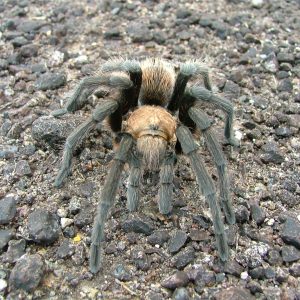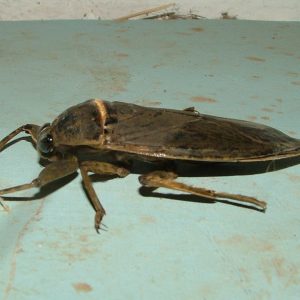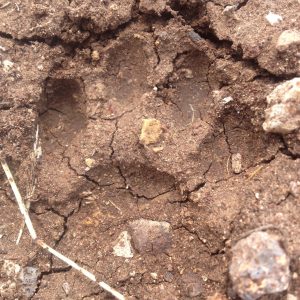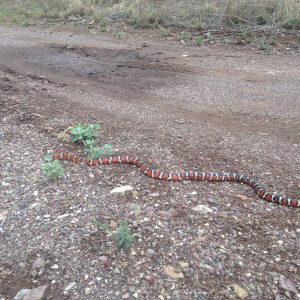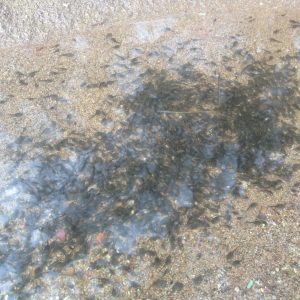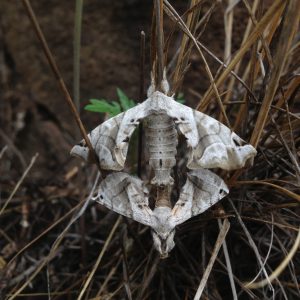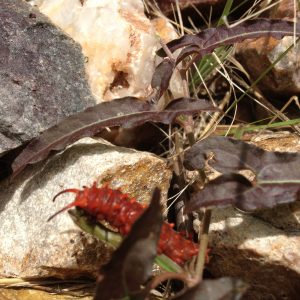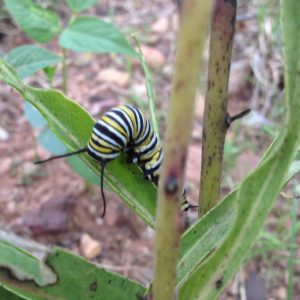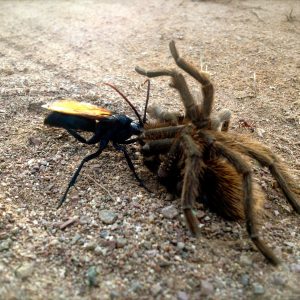The winds have shifted and saturated skies swirl amongst the Madrean Archipelago of southeastern Arizona and northeastern Sonora. The onset of monsoon season has redefined life in the Sky Islands. The month of rain has nourished this corner of world with over 8 inches of rain – nearly half of the year’s precipitation. The monsoon season started with a bang, dumping 4.69” of rain in 24 hours after receiving 0.12” of rain in 4 months. This incredible display of moisture has metamorphosed the crispy, golden grassland into soft, verdant rolling hills. But plants aren’t the only creatures responding to dampness.
As I travel around Santa Cruz County collecting seeds and restoring vegetative regimes, I encounter what this land is best known for – diversity. I find myself turning entering the mindset of a National Geographic photographer and recollecting factoids from college animal behavior courses. One day a Sonoran Mountain Kingsnake slithered in front of my car, reminding me that when red stripes touch black you’re OK Jack but when red touches yellow, you’re a dead fellow. Another time, I was hiking around the wilderness collecting seed and I encountered a mountain lion footprint. Seeing this evidence of this top predator reminded me of the grandeur of the natural world. The work that I am doing lays the groundwork for ecological restoration of the smallest species but will one day affect top predators such as the mountain lion.
Another time I was walking my dog along a rural road in Patagonia when I encountered a pool filled with swirling life. Upon a closer inspection, I realized that they were tadpoles numbering in hundreds if not thousands, swirling in spirals like schools of fish. I thought of the ephemeral nature of these creatures, how they must complete their aquatic stage of life before the puddle dried up. What adaptations to the seasonal abundance!
However, encountering the abundance of pollinators has been most exciting for me this season. I’ve been living and working in Patagonia for the past year, in an effort to increase the habitat for bees, hummingbirds, butterflies, moths, bats, etc. Being able to witness the pollinators emerge and thrive has afforded me a fantastic opportunity to appreciate my work. I’m excited to continue documenting these creatures and their ecological niche on Borderlands Habitat Restoration Initiative’s Facebook page.

